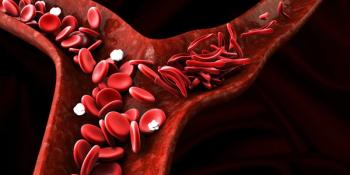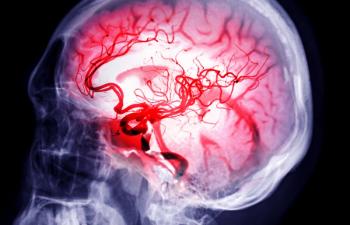
Neutralizing Importance of Antibodies in AIDS Vaccine
Antibodies critical to stopping spread of viral cells.
Antibodies critical to stopping spread of viral cells.
Two new studies have found that neutralizing antibodies (Nabs) can be critical in creating an AIDS vaccine.
Nabs are immune proteins that recognize, bind to, and eliminate virus cells. In HIV virus cells, Nabs could be crucial to stopping viral cells before they spread and create a chronic infection. An AIDS vaccine that concentrates Nabs' abilities could help develop a vaccine.
Two studies have been conducted on Nabs abilities: one focuses on Nab activity once a person is infected with HIV, and the other examines Nabs ability to fight against cell-to-cell transmission of HIV.
In a study led by Julie Overbaugh, from the Fred Hutchinson Cancer Research Center in Seattle, USA, 21 HIV superinfected women were studied to see the response of Nabs. They found that exposure to HIV strains may drive a concentrated Nab response, and that this response may also be helped with other antibodies to target different parts of the virus.
"As eliciting a highly diverse immune response may be favorable to providing protection against incredibly diverse HIV-1 variants in global circulation," the researchers wrote.
They further concluded the study "supports further investigations of the molecular and functional characteristics of the virus-antibody interplay in superinfected individuals, as superinfection may provide insight to the development of a diverse Nab response with multiple epitope specificities."
Another study, led by Alexandra Trkola, from the University of Zurich, Switzerland, tested the ability and potency of Nabs to prevent cell-to-cell transmission of HIV. Researchers first restricted free virus infection, so that the only way to spread infection was cell-to-cell. Then, the researchers could see if specific Nabs could prevent specific strains of HIV.
They found, that while Nabs activity did decrease in the presence of cell-cell transmission, the loss depended on the antibody and virus strain. In some cases, Nabs activity persisted, even during cell-cell transmission of HIV virus, so there may be certain Nabs that can prevent the spread.
While no individual Nab could prevent the spread of HIV in cell-cell transmission, the study shows that there may be a combination of Nabs that can be used to completely prevent infection. Further studies are now being planned to identify and combine the certain Nabs needed to control the virus.
These studies were published on July 9th, 2015, in PLOS Pathogens.
Newsletter
Stay informed on drug updates, treatment guidelines, and pharmacy practice trends—subscribe to Pharmacy Times for weekly clinical insights.





















































































































































































































